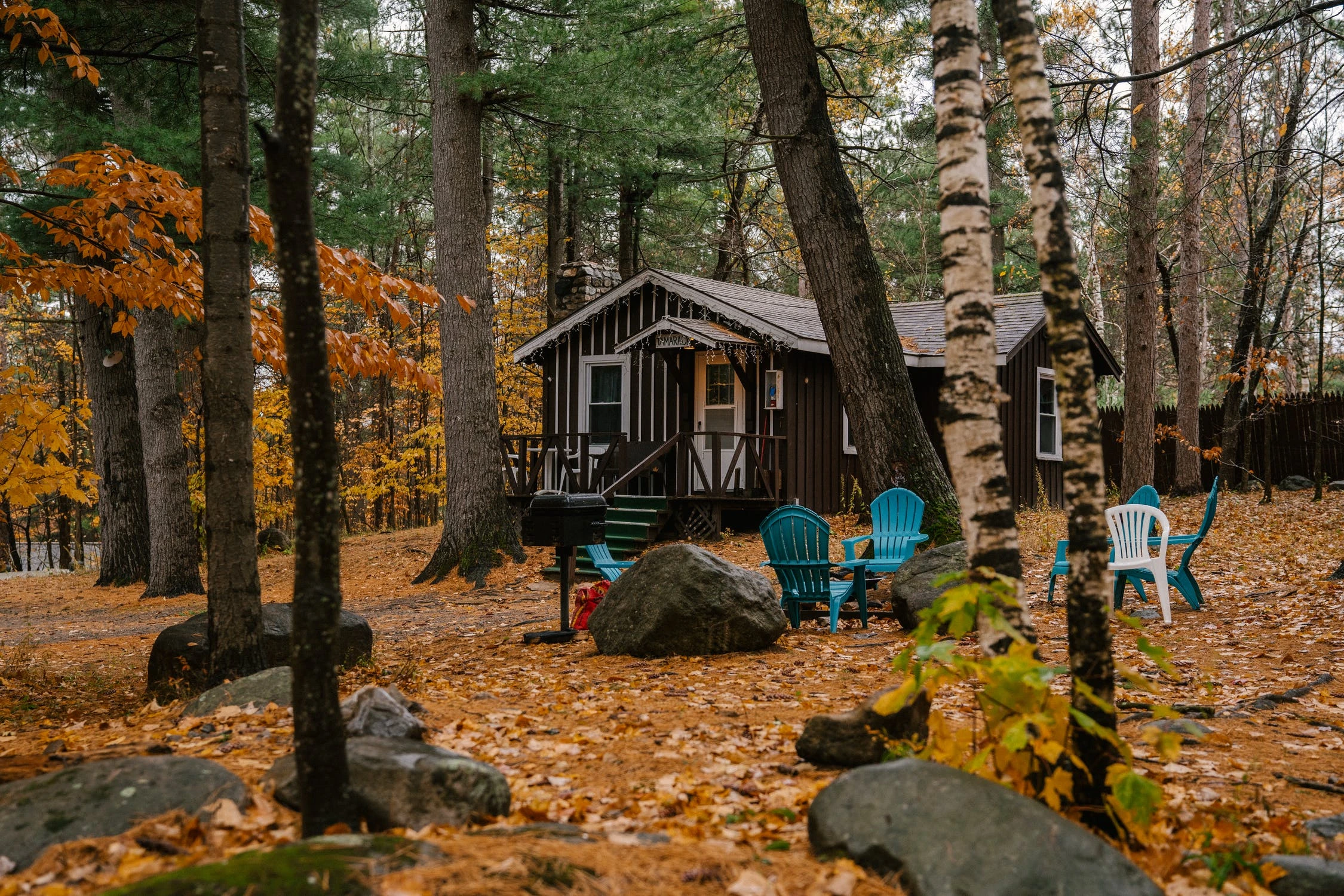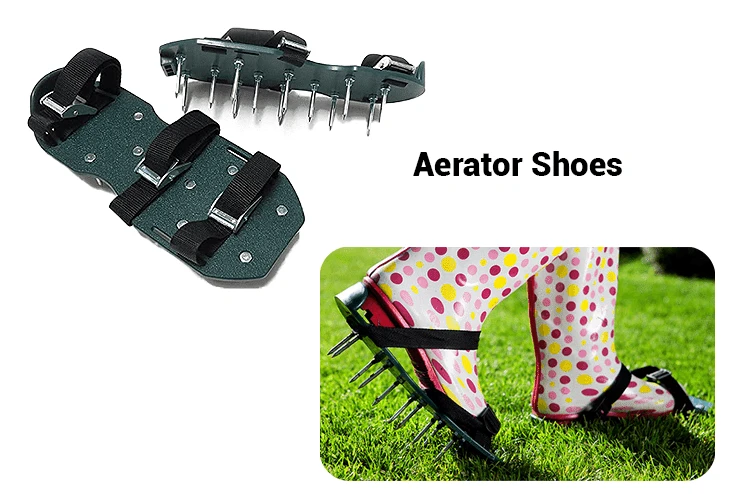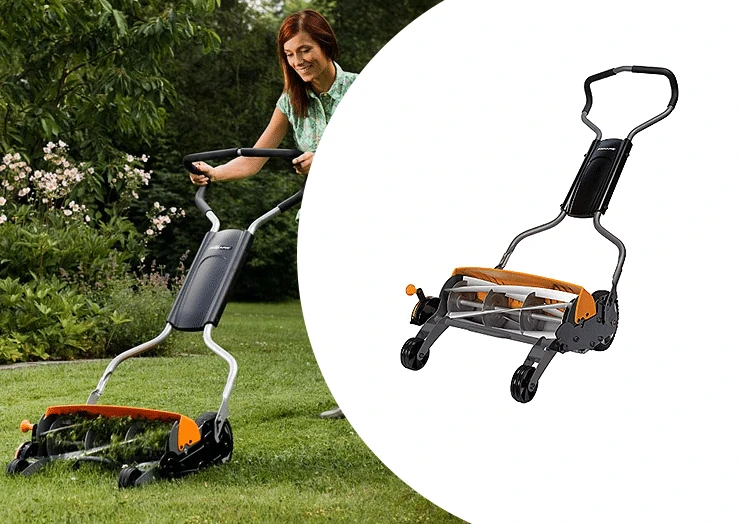Fall lawn care is essential in keeping a lawn neat in the spring and easily maintainable all through the summer. This article provides detailed ten steps and practices based on lawn care plans for the fall.
Firstly, I share how I came about the fall lawn care plan that results in a lawn’s growth in the spring.
Fall Lawn Care for Homeowners

Just like many, I never paid attention to fall lawn care when I bought my first home. I assumed the winter made grass dormant, but the spring would bring back the green lawn I had in the summer. Unfortunately, my yard looked like it was dying even-though other lawns in the neighborhood began to grow.
I was disappointed every day, noticing the unhealthy growth of my lawn. Weeds would grow in areas where the grass was thin, and in no time, I saw the many different kinds of weed on my lawn.
I resolved to find out what I had been doing wrong and started by contacting the previous homeowner. They left home with a beautiful lawn. I took notes about our conversation and came to realize that I never prepared the yard for spring using the correct fall lawn care. I sought further help from a local garden center with a recognized lawn care expert.
I have shared the information I gathered about the best lawn care preparation for fall in 10 easy steps. All the required supplies should be available at your local garden center. I recommend shopping locally because each local garden center is conversant with the soil and climate of that specific area.
STEP 1: Take a Picture of Your Lawn to the Local Garden Center
Take pictures of the areas in your lawn that require special attention. Images are easier to analyze and provide enough information for the experts to diagnose and provide solutions like fertilizers and preventing infestations. Take a sample of turf with you as well, more so the one that exhibits a particular condition. You will get advice on how to repair damaged turf.
It is best to seek professional advice or a second opinion if you are new to fall lawn care. Putting the advice into practice ensures you a durable lawn that endures through the seasons.
The article has useful tips to help prepare your lawn for winter.
Step 2: Water Continuously
Like any other plant, Grass needs water in the fall, more so if the weather has been dry. Water enough for it to penetrate deep into the soil (6 inches). This helps your lawn store nutrients and repair damaged areas because of wear and tear experienced during the summer.
Step 3: Aerate the Lawn
Have fun aerating your lawn using a pair of these aerator shoes available on Amazon.
Effective aerator shoes Buy from Amazon.

You are not limited to the ways you can achieve this step. Sticking a pitchfork into the ground can also aerate your lawn (cheapest) even though it is not very efficient.
Wikipedia terms aeration as:
“A lawn aerator creates holes in the soil where lawn grasses grow. Aerating hard soil improves drainage and encourages worms, microfauna, and microflora to flourish.”
A proper aerator is ideal for a long-term solution and avoiding hardening the soil. It is possible to rent an aerator or have a lawn care company handle that hustle for you. Take into account your lawn size while considering the available options. Small lawns do not need a full aerator, and I believe a pitchfork or using aerator shoes is perfect for a first attempt at aeration.
Aeration promotes the flow of water, air, and nutrients to the roots of the grass. This is all a lawn needs to thrive. Neglecting a lawn leads to starvation, at health deterioration is inevitable. Even human beings cannot survive in an environment where the air and water supply are restricted.
Fertilizer gets deeper into the soil of a well-aerated lawn. A compacted lawn restricts the flow of air, water, and nutrients.
Step 4: Remove the Thatch

There are reliable thatching rakes designed to remove thatch from your lawn. Too much thatch inhibits aeration, therefore slowing down fertilizer penetration and water to the roots. Check the depth of the thatch on your lawn. It should be less than half an inch.
This review on the Greenworxs Dethatcher 27022 highlights more about thatch and dethatching.
Step 5: Apply Fertilizer with a Weed Prevention Product
A fertilizer should have the correct mix of potassium, phosphorus, and nitrogen. The soil and general environment determine the amount needed for each to make the mix. This information is available in your local garden center. Test a perfect blend of a sample of your soil to know its pH content. A fertilizer with a weed prevention product should prevent most weeds from growing in the summer.
Recommended options for fertilizers are:
- Scotts Turf Builder.
- Scotts WinterGuard.
Step 6: Eliminate Weeds in the Lawn

Weeds can spread fast and damage your lawn if you do not deal with them in the early stages. You should focus on preventive measures rather than removing the weeds. Healthy lawns naturally suppress the growth of weeds. Weeds are a sign of unhealthy lawns, and understanding the prerequisites that promote weeds’ development is essential.
Focus on strengthening your lawn after eliminating weeds to improve its immunity after suffering from an illness. Strengthening helps it to develop immunity to weeds.
Read more about Best Weed Killer for Lawns.
Step 7: Cut the Grass at a Shorter Height

Reduce the height of the mower blades for fall cutting to trim the lawn at a shorter size. This is important in preventing the grass from matting under the weight of snow, but be keen not to cut the grass too short that it exposes the grass’s base.
Cut your lawn between 1.5″ to 2″ during fall. The short grass is essential for two main reasons. Firstly, it reduces the chance of forming Best Weed Killer for Lawns at the end of winter when it melts. Tall grass folds over and chokes the new grass hence the more reason to keep them short.
Step 8: Spread Grass Seed over Your Lawn
Sprinkle grass seeds to fill in the bare spots and grow with the grass. Water regularly until they sprout to have a lush lawn.
Step 9: Apply a Thin Layer of Top Dressing
Spread a thin layer of the premixed top dressing after completing steps 1 to 8. Use it right after aerating the lawn or during the early stages of grass growth. Both work as expected, but most experts prefer applying it during the latter.
Step 10: Plan Ahead
Keep in mind your lawn needs preparation for the long winter and spring. You can achieve this using fall lawn care. Fall is when the grass is preparing for the long winter by absorbing moisture, energy, and nutrients. The lawn prepares to create a beautiful lush green carpet at this time.
Proper fall lawn care is paramount in maintaining the health of a lawn throughout the year. Remember, the end of summer is not an indication to start neglecting your lawn.




